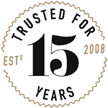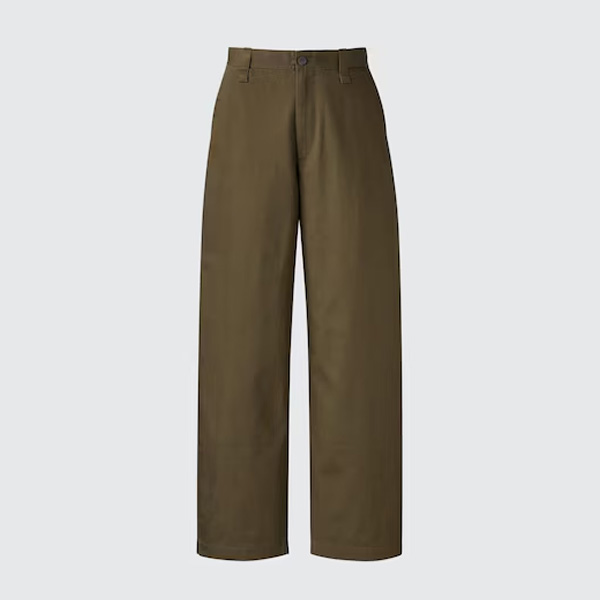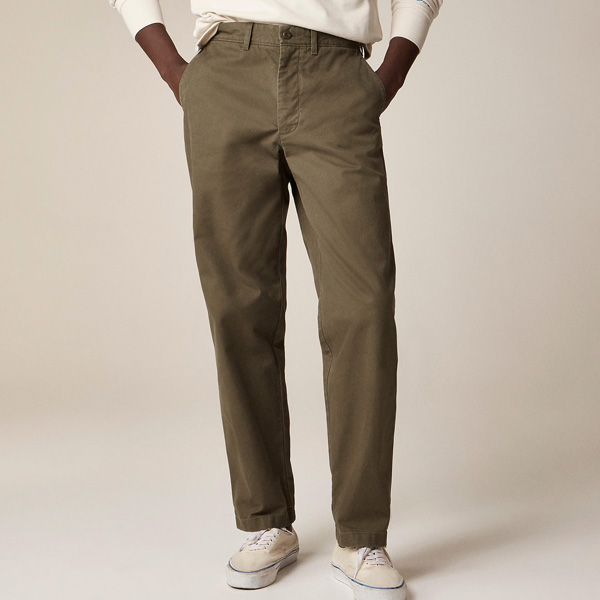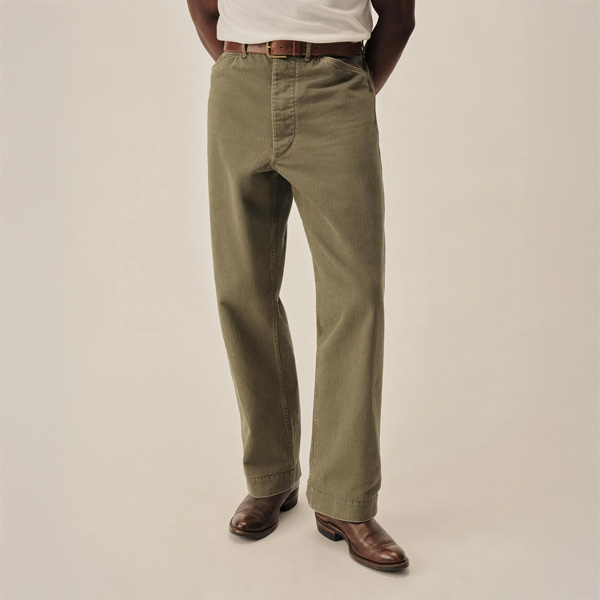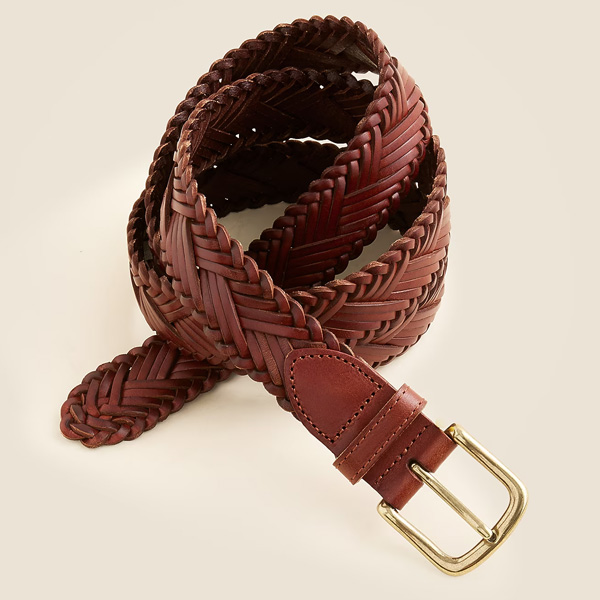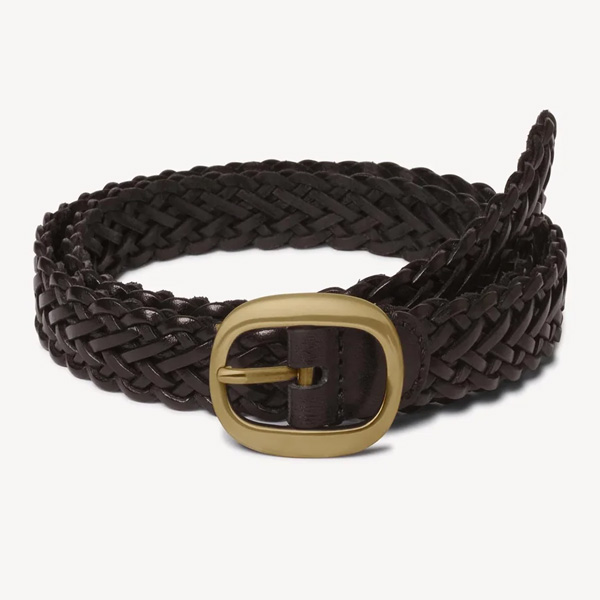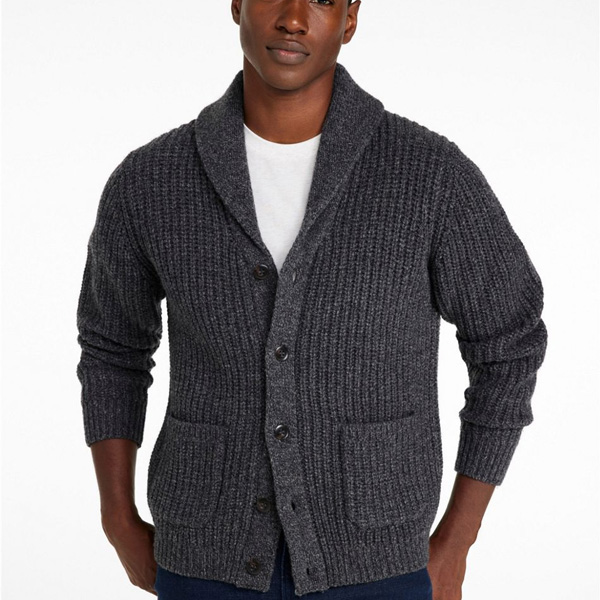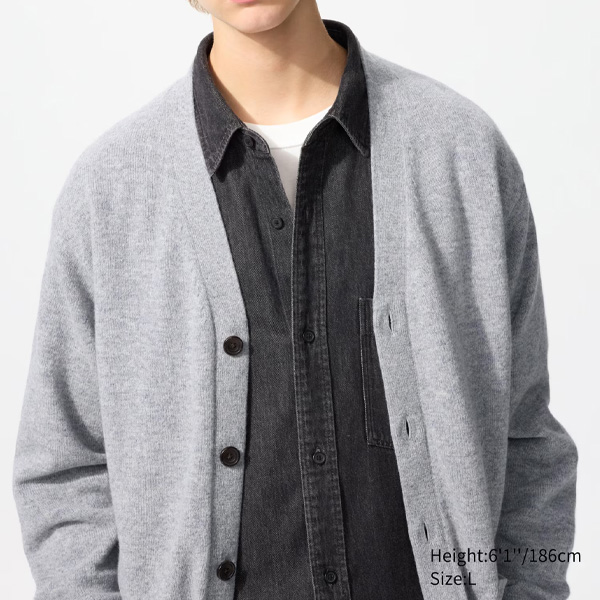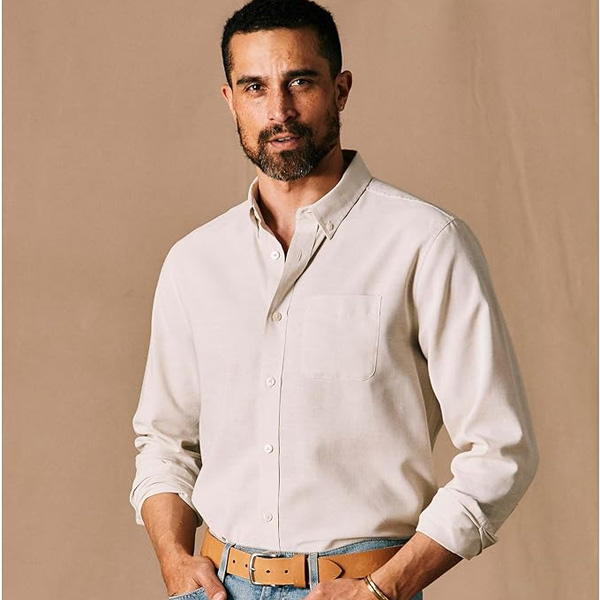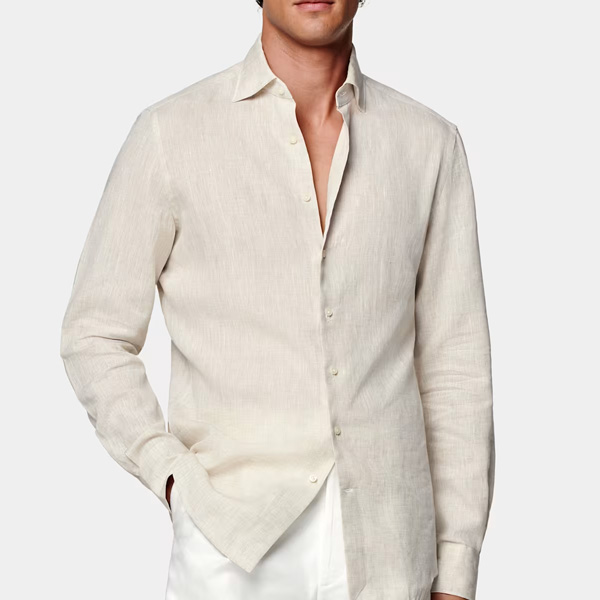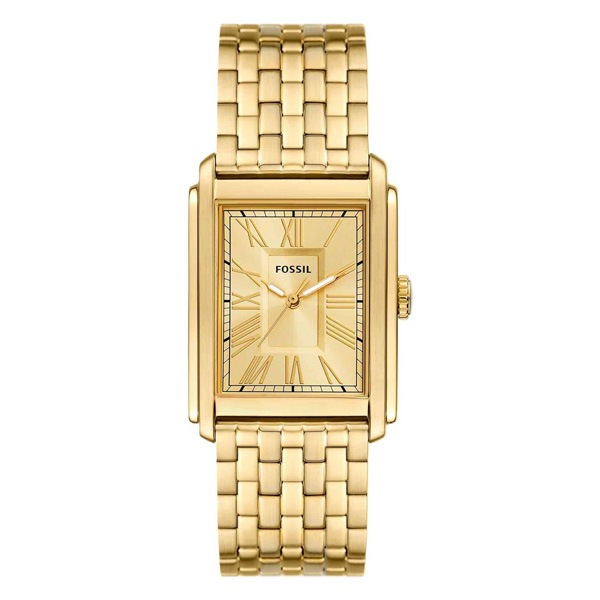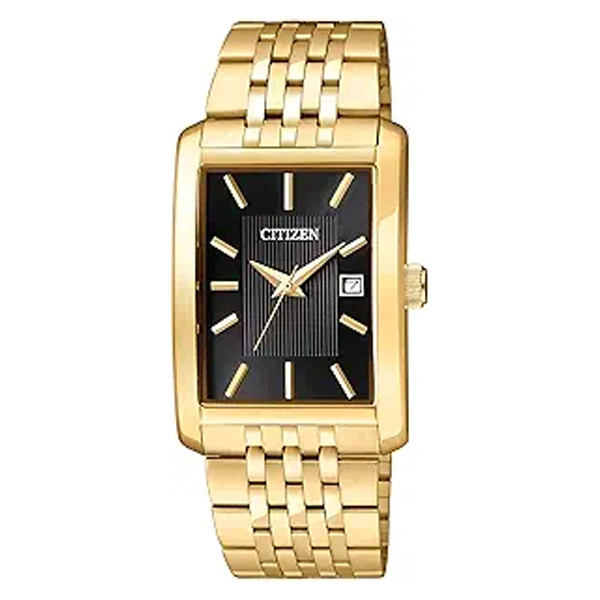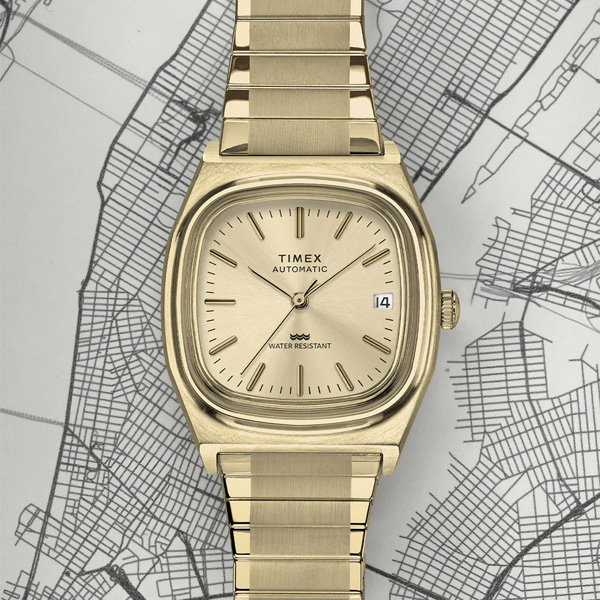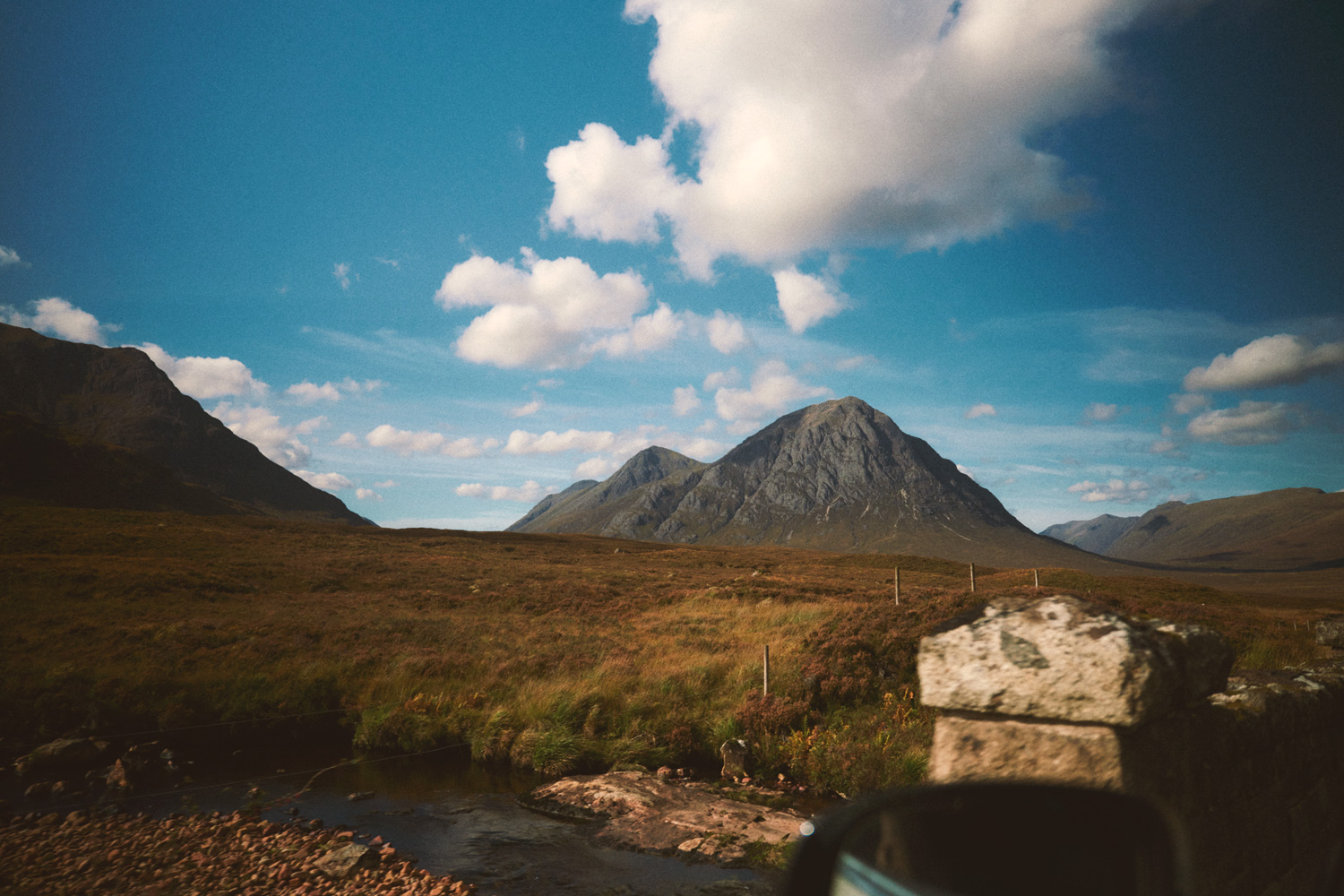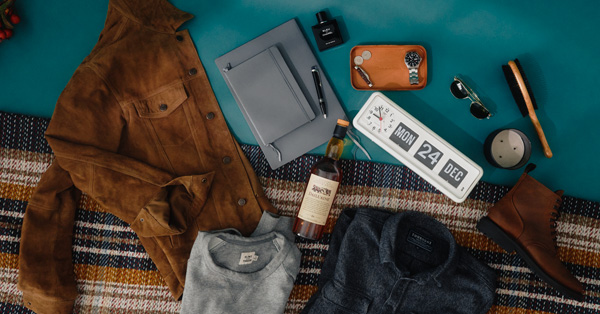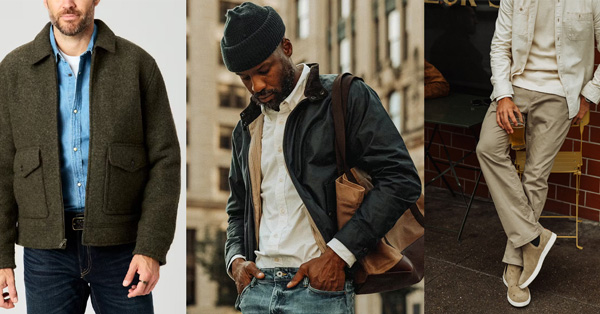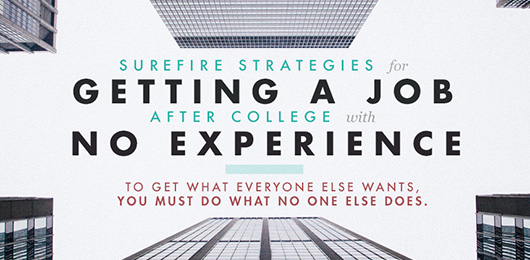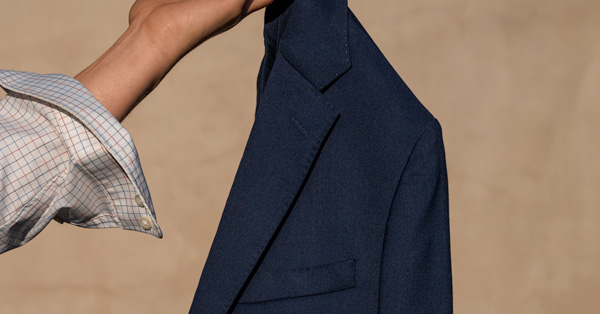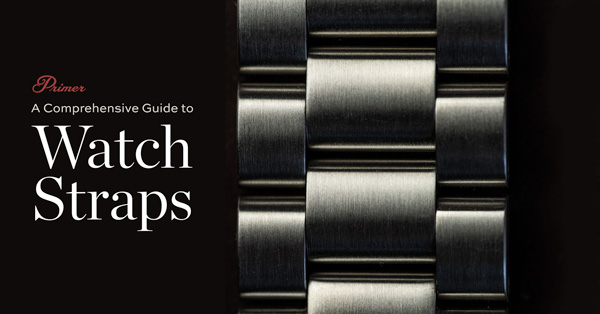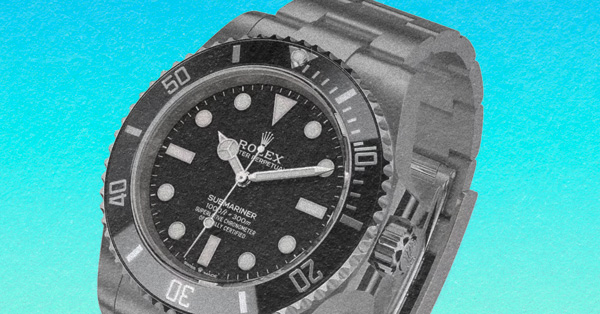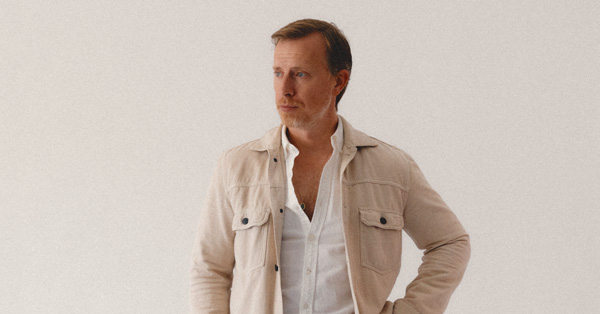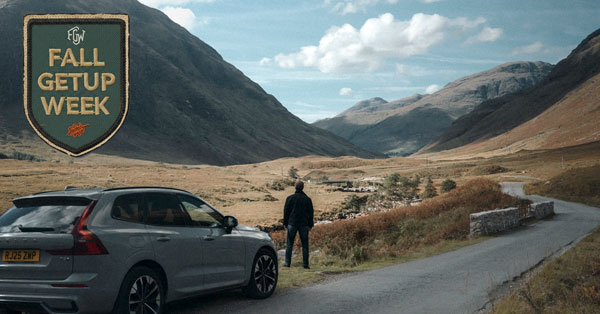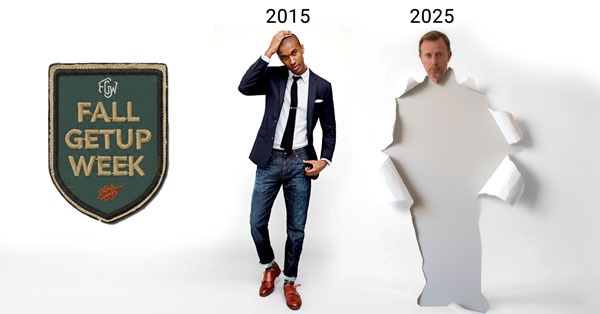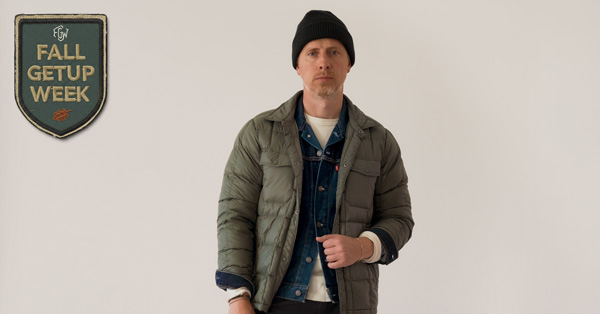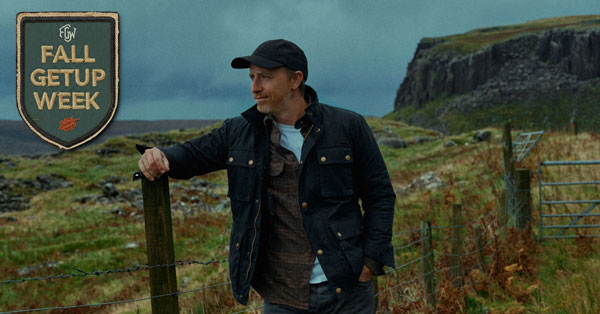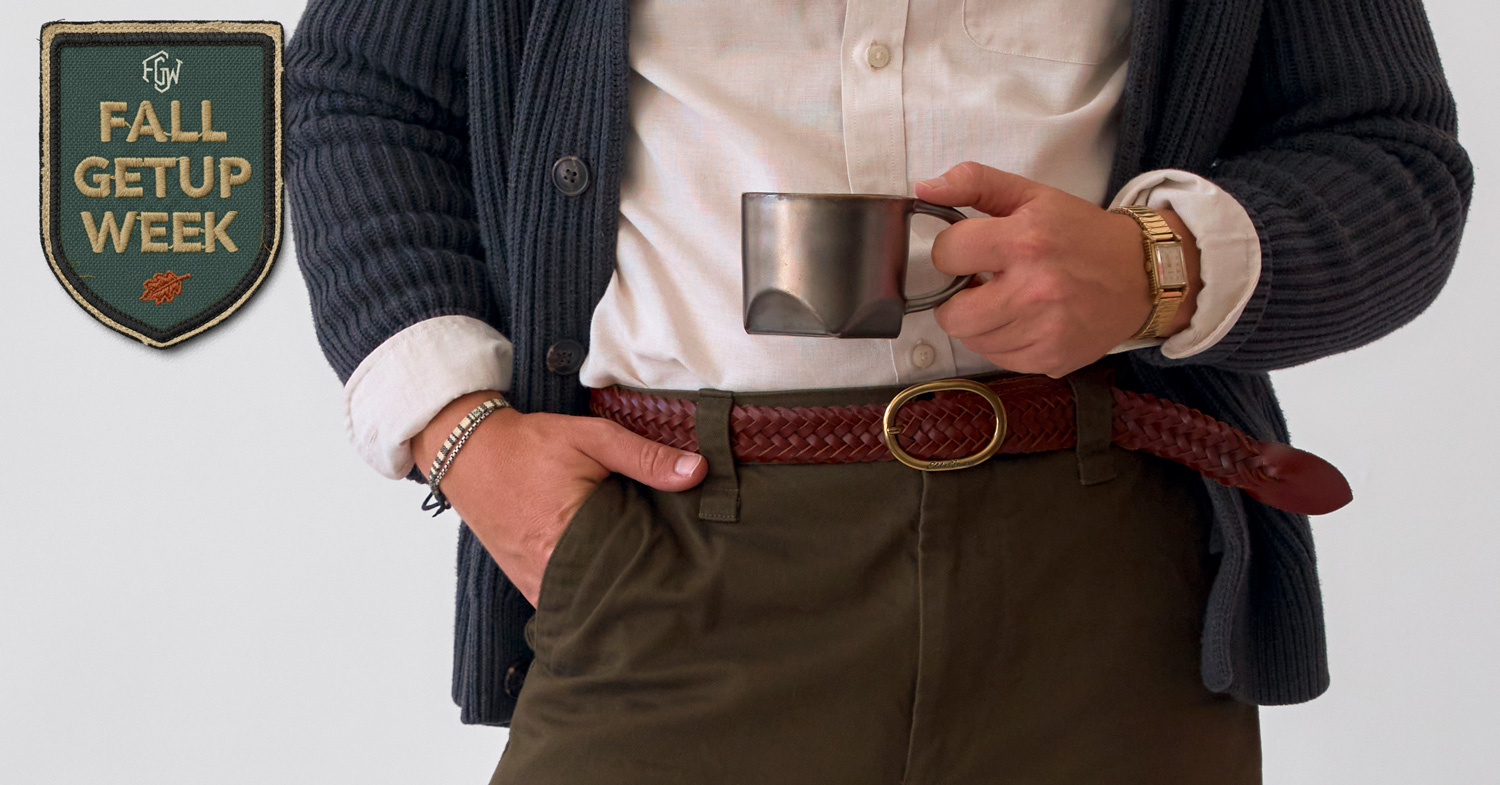
Put together, the entire outfit is a study in adjustment. Shapes are looser, textures speak up, and accessories once deemed outdated now feel current. It’s not aiming to recreate a past era or reject it entirely. It’s doing something harder: integrating what worked then with what feels right now.
If you swapped these pants for slims, strapped on a dive watch, and finished it off with a pair of wingtip boots, you'd have the kind of outfit that populated most of 2015. It would look good. Tasteful, even. But it wouldn’t look like this. This looks like something else entirely.
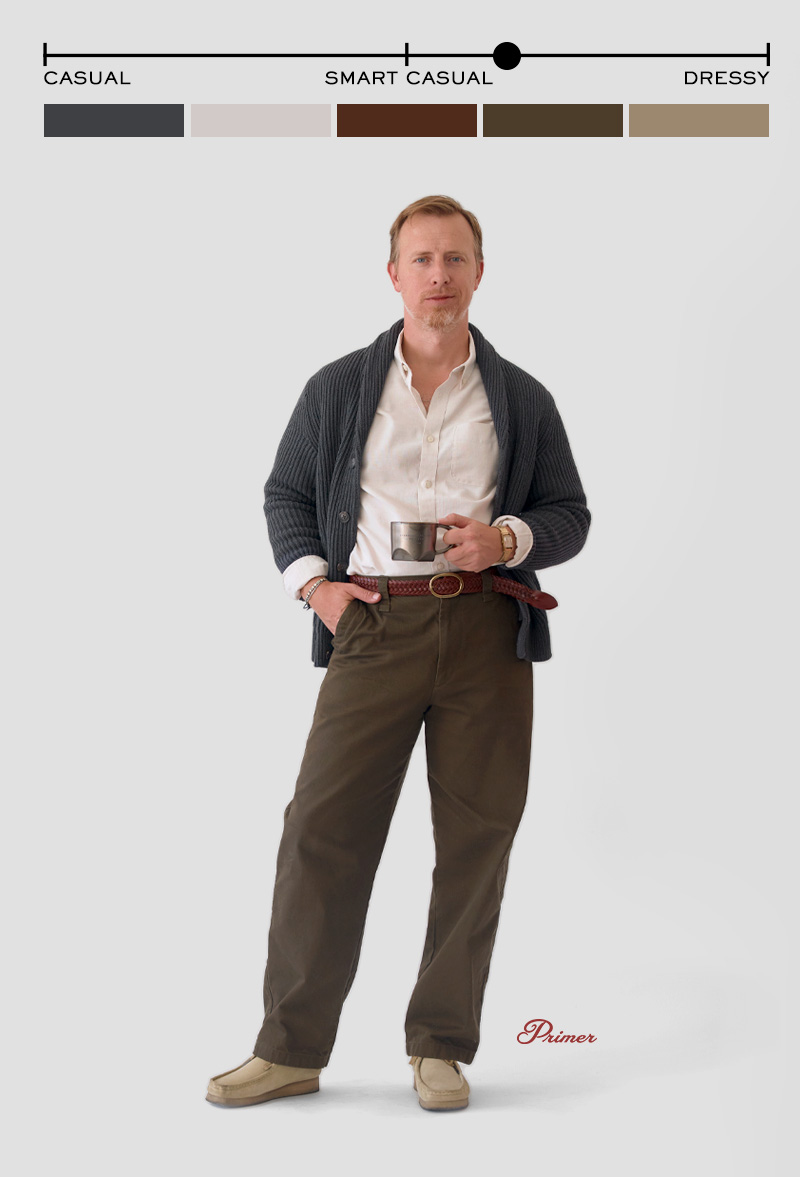
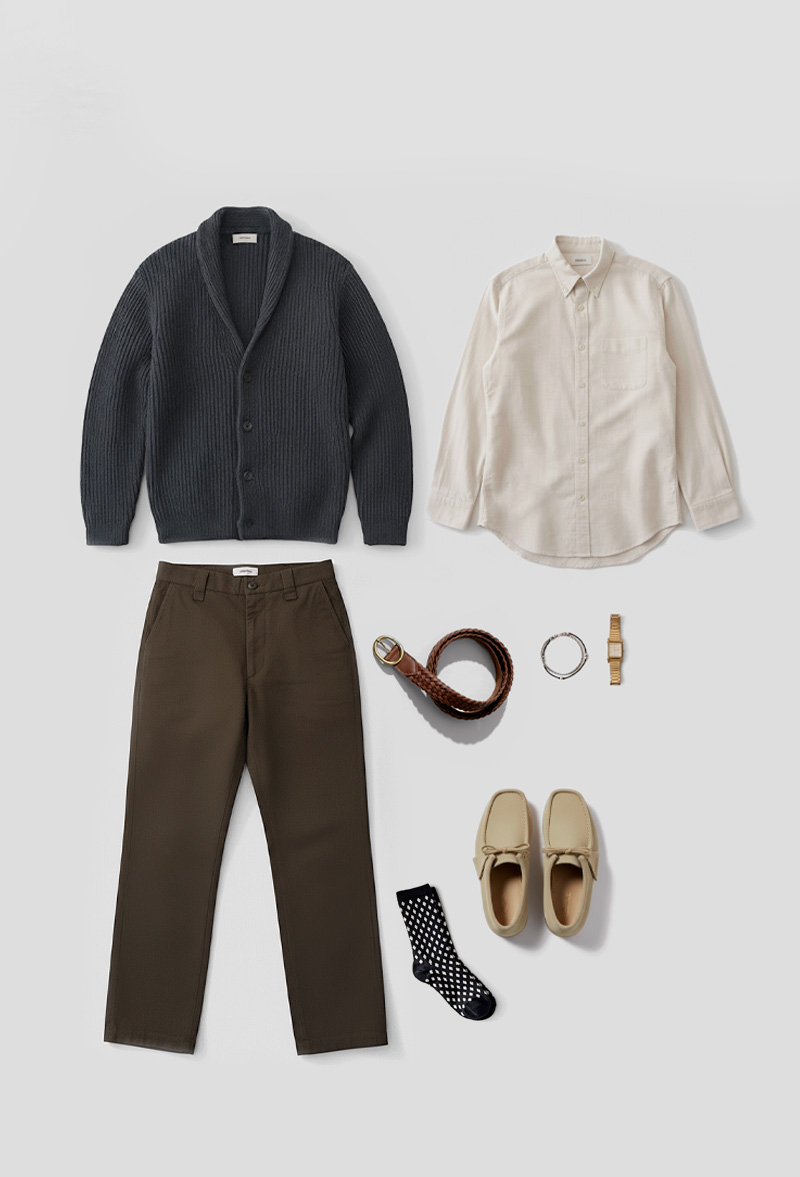
Start with the pants.
They are the fullest cut we’ve likely ever featured. Straight through the leg, higher rise (where the pants sit on your waist), and breaking just slightly at the top of the shoe.
There’s been a shift. An inevitable cultural push toward ease through the leg. These trousers move. They pool a little. They’re a change. But because they’re brown twill, they don’t shout about it. The overall shape lands firmly in the 90s J.Crew fit philosophy: drape over definition, flow over restriction. The proportions that 30 years ago defined a whole catalog generation have found their way forward again.
There’s a small adjustment period with fuller trousers, usually around the moment you catch your reflection and wonder if you’re swimming in them. You’re not. That’s just your eyes recalibrating. Most modern slimmer pants are tight enough to leave impressions on your kneecaps by lunch. These don’t do that. These ask for shoes that can hold their own, which is why they’re paired with a chunkier style like these Clarks Wallabees.

Then there's the braided belt. Yes, that braided belt. The one that got pushed into clearance bins around 2004 and stayed there. Once fuller cuts, higher rises, and relaxed silhouettes started reappearing, the reemergence of the braid was less a revival and more a natural consequence. When the foundations change, the accessories that once made sense with them start making sense again.
The braided belt traces its roots to early 20th-century European leatherwork. Before stretch fabrics and elastic waistbands, the braid allowed micro-adjustment. By the 60s and 70s, it crossed into American prep wardrobes. By the 90s, it was a business casual staple, worn with chinos and loafers, a touch of texture at the waist. Then came the fall. But with today's transition to relaxed cuts, it's reappeared, often worn a little long, a little tail of leather swinging at the side. From west coast Buck Mason to Drake's of London, the hang-down braid is back:
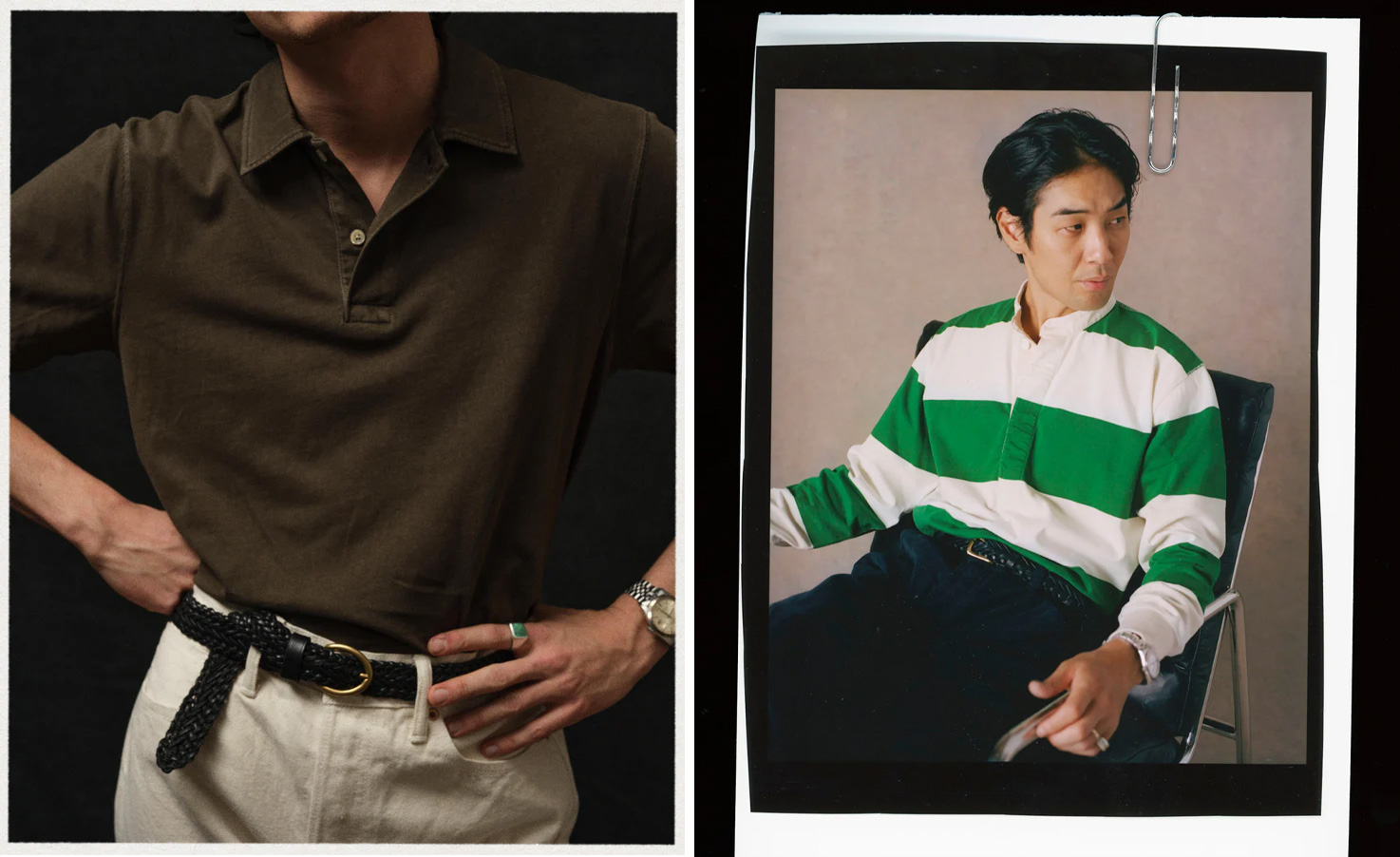
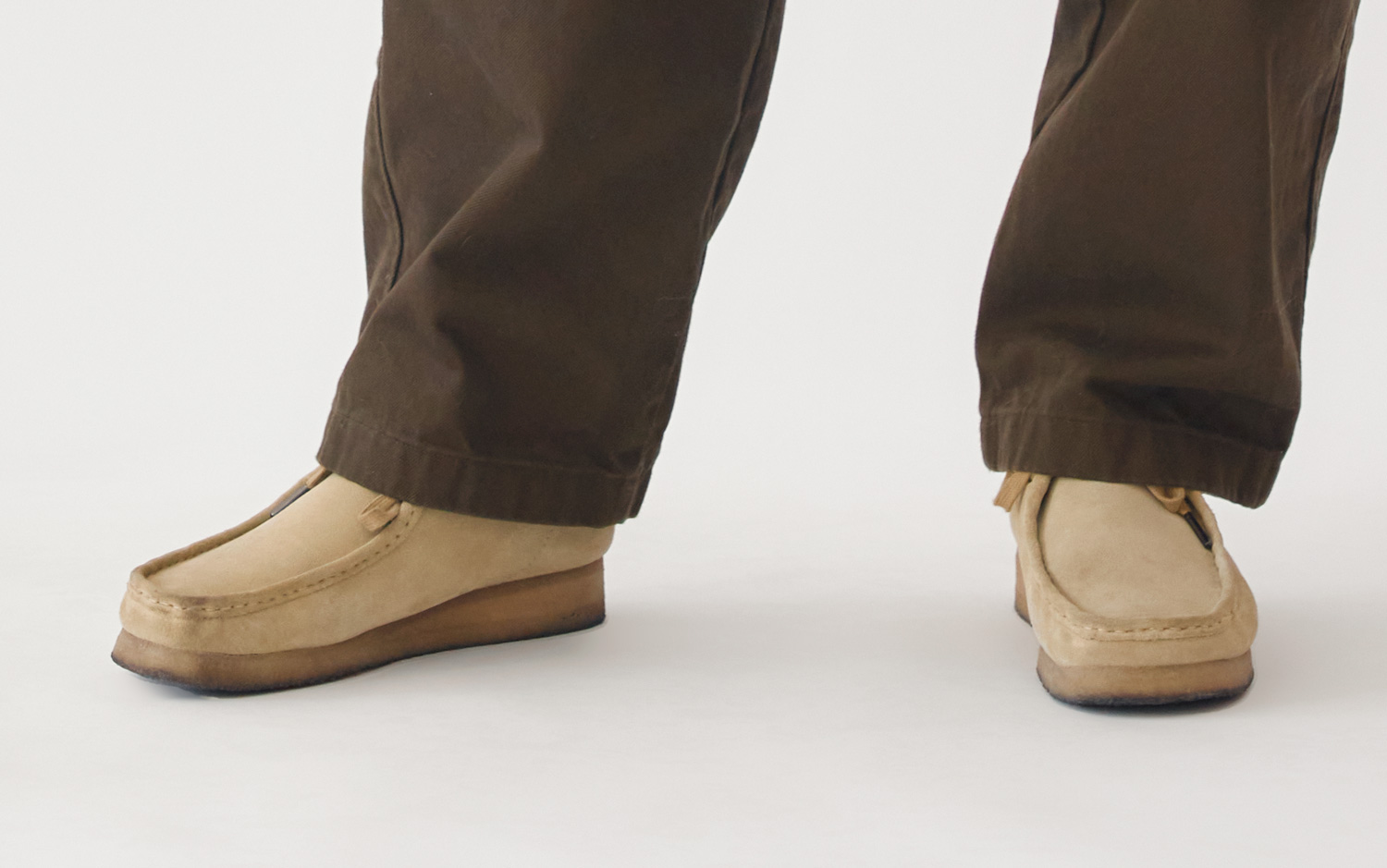
Clarks Wallabees – Read our full article
Wallabees are a design oddity that became a cultural mainstay. Introduced by Clarks Originals in the 1960s and based loosely on a German moccasin called the “Grashopper,” the Wallabee was built on a natural crepe sole and featured a clean, stitched moc toe. Ivy Leaguers were early adopters. British mods picked it up next. By the 1970s, Jamaican rude boys and reggae artists made it their own. Then in the 1990s, American hip-hop artists gave it a new layer of cool. By the time they were worn under khakis in the late 80s and early 90s, they already had decades of credibility stitched into the seams.
What made them stick wasn’t nostalgia. Wallabees look equally at home under denim, chinos, or trousers like these. The suede texture here plays well with the ribbed cardigan and slubby linen shirt, creating what stylists sometimes call “tactile symmetry”: all soft surfaces with enough visual interest to hold attention without shine or flash.
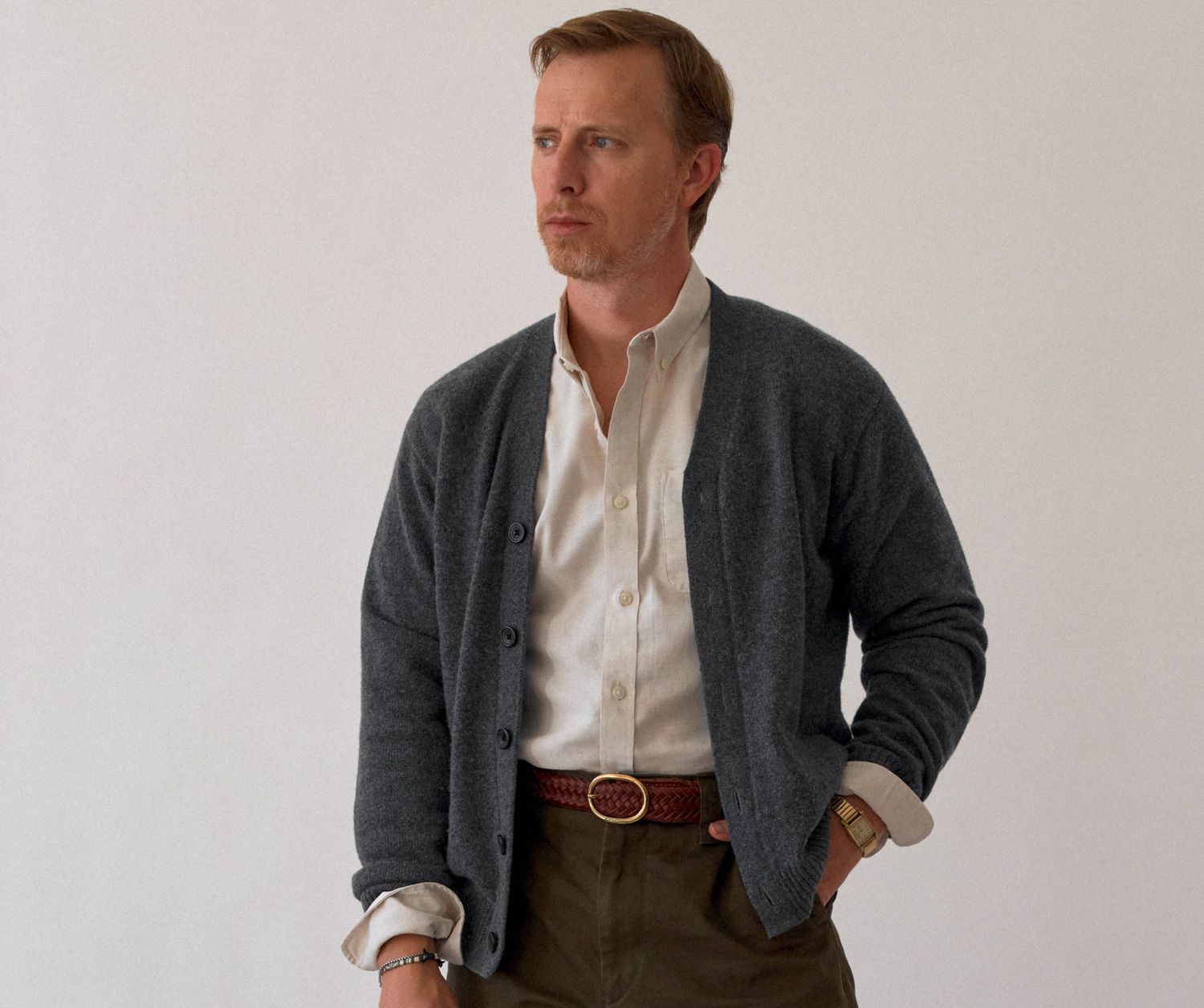
Opting for a lower profile, finer cardigan can lean into an even more modern, 90s-influenced look. Read our complete guide on sweater styles.
Above the belt, we have a charcoal cardigan. Ribbed, soft, and shaped enough to pass as outerwear. Sweaters like this have emerged as “modern outerwear” – the cardigan as jacket, the knit as silhouette-maker. It could be chunky like this one, or slim and non-chunky like a traditional soft thin cardigan. The shape is key here. It falls straight. It recalls the clean, American proportions that J.Crew emphasized in the early 90s, when drape and vertical drop mattered more than trimness.
Beneath the cardigan sits the most seasonally subversive item in the entire look: a linen shirt. Linen is breathable, yes, but it’s also thermoregulating. Paired with wool or cotton knits, it actually insulates. This is shoulder-season dressing: the not-quite-warm, not-yet-cold window where heavy fabrics feel like a trap, and lighter ones can shine.
From a styling standpoint, the shirt adds a wrinkle in the best way. The slub texture contrasts against the smooth rib of the cardigan and the dense twill pant. It’s a breathing fabric. And breathability isn’t seasonal.
→ Read more: Why some linen sucks
Finally, the watch. A gold square-face that feels like it was smuggled out of a desk drawer in 1952. Square watches peaked in the 1940s through the 60s, when wristwear meant precision and pride. Now, it offers something distinctly different from our normal chronographs, divers, and field watches and takes on a jewelry-like role.
→ Read more: How I finally figured out how to wear jewelry
Check out all of Fall Getup Week:
Subscribe to our free newsletter and don't miss an outfit.
- Fall Getup Week: What the First Cold Morning Calls For
- Fall Getup Week: The Creative Office
- Fall Getup Week: Casual Modern Layers in City Weight
- Fall Getup Week: Blazer with Jeans Now – How We Got Here from the 90s and 2010s
- Fall Getup Week: Chasing the Iconic Skyfall Shot Through Scotland in Classic Casual


